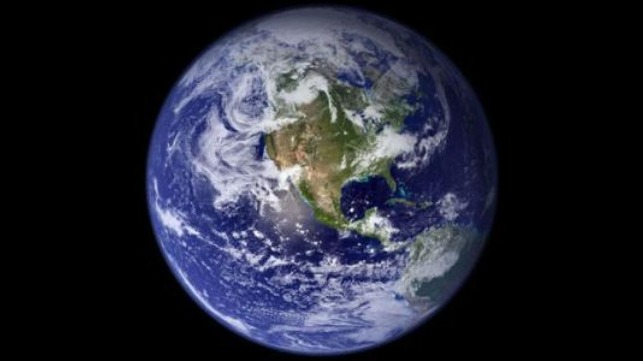IEA Forecasts Global Emissions Will Reach All-Time High in 2023

Global emissions are set to surge to an all-time high according to a new analysis from the International Energy Agency. The global organization with a membership of 30 of the leading nations of the world is warning that the money, both public and private, being mobilized worldwide by economic recovery plans focused on the pandemic are falling well short of what is needed to reach international climate goals.
The IEA launched its new Sustainable Recovery Tracker that monitors governments’ fiscal responses to the Covid-19 crisis and estimates their impact on clean energy investments and global CO2 emissions. The report, which was prepared for this week’s G20 Ministerial Meeting on Environment, Climate and Energy in Italy, finds that governments worldwide are deploying an unprecedented amount of fiscal support aimed at stabilizing and rebuilding their economies, but only about two percent of this spending has been allocated to clean energy measures,
Under governments’ current recovery spending plans, global carbon dioxide (CO2) emissions are set to climb to record levels in 2023 and continue rising in the following years according to the IEA.
“Since the Covid-19 crisis erupted, many governments may have talked about the importance of building back better for a cleaner future, but many of them are yet to put their money where their mouth is,” said Fatih Birol, the IEA Executive Director. “Despite increased climate ambitions, the amount of economic recovery funds being spent on clean energy is just a small sliver of the total.
The Tracker monitors government spending allocated to sustainable recoveries and then estimates how much this spending boosts overall clean energy investment and to what degree this affects the trajectory of global CO2 emissions. The Tracker considers over 800 national sustainable recovery policies in its analysis.
The IEA reports that governments have mobilized $16 trillion in fiscal support throughout the Covid-19 pandemic, most of it focused on emergency financial relief for households and firms. Only two percent of the total is earmarked for clean energy transitions.
According to the report, all the key sectors highlighted in the IEA Sustainable Recovery Plan are receiving inadequate attention from policymakers. Current government plans would only increase total public and private spending on clean energy to around $350 billion a year by 2023 – only 35 percent of what is outlined in the IEA’s plan.
The Tracker shows the stark geographic disparities that are emerging in clean energy investment. The majority of funds are being mobilized in advanced economies with have reached 60 percent of the levels required. Emerging and developing economies, many of which have limited fiscal leeway, have so far mobilized only about 20 percent of the recommended spending levels.
“Not only is clean energy investment still far from what’s needed to put the world on a path to reaching net-zero emissions by mid-century, it’s not even enough to prevent global emissions from surging to a new record. Many countries – especially those where the needs are greatest – are also missing the benefits that well planned clean energy investment brings, such as stronger economic growth, new jobs, and the development of the energy industries of the future,” Dr, Birol said
The IEA is seeking to highlight the issues to the G20 ministers and is calling on governments to increase spending and policy action rapidly to meet the commitments they made in Paris in 2015, including the vital provision of financing by advanced economies to the developed world.
